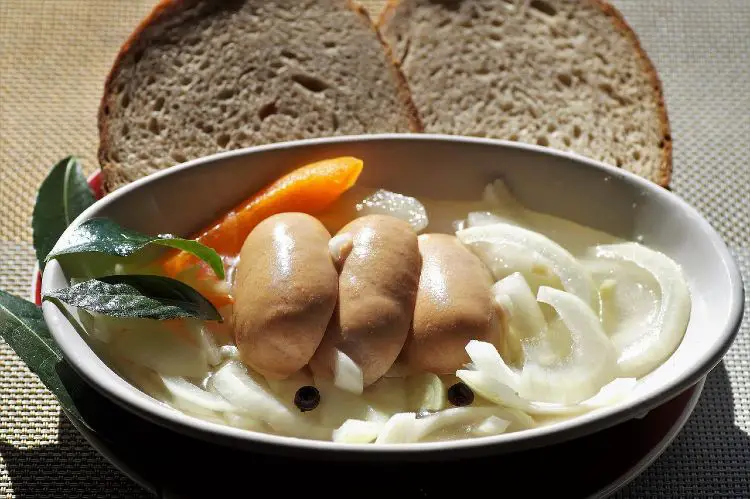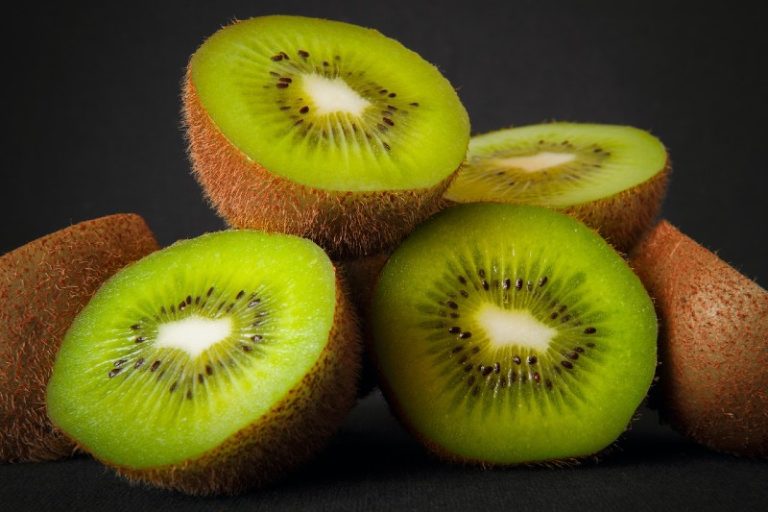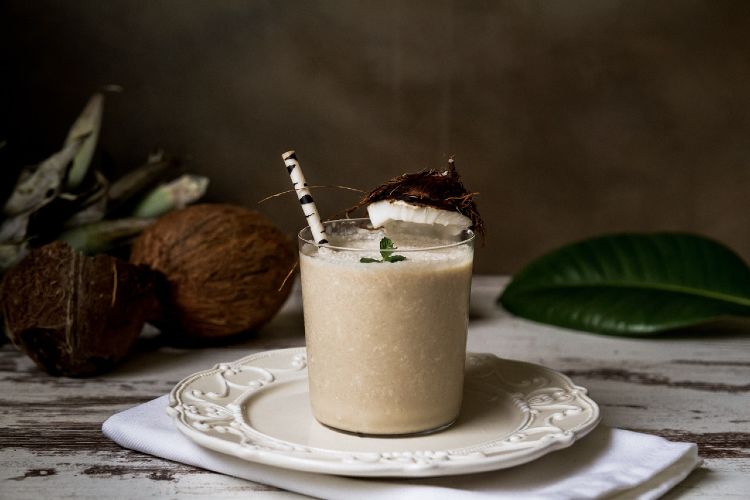“What To Eat” by Joanna Blythman
If you can only afford one book in 2012 then, I pray, buy this one. “What To Eat” by Joanna Blythman (published by Fourth Estate UK) is the most intelligent, incisive and sensible reference book that exists on the most debated subject of our generation. What should we eat and how should we source it?
The headlines and acres of newspaper print that are dedicated to the future of food, organic farming, agricultural sustainability, climate change and the depletion of natural resources leave all consumers perplexed and confused. We do not have enough simple and steadfast facts at our disposal all in one place to make rational, thoughtful decisions in our everyday, complicated lives. The hands that push the supermarket trolleys or that hold the farm shop baskets or that choose between the produce at the farmers’ market stalls are the most important economic tools for change. Our everyday choices and expenditure on food and drink can positively shape the future of our £70 billion domestic food industry and our £2.5 billion ready meal industry (the latter of which, along with the frozen food sector, is growing, year-on-year).
Joanna Blythman is an investigative journalist who has carved a fearless career in shining a research light into the appalling practices of vast trans-national corporations, 10 of whom now control 90% of the global food supply. If I were her I would not sleep in peace at night: there must be contracts out on her life, Monsanto, Tesco and Nestle all wishing she would stop exposing their profiteering, inhumane practices. In her previous three books, “The Food Our Children Eat”, “Shopped” and “Bad Food Britain”, she analysed how the imperatives of food industry profitability have created a labyrinthine, dystopian world where our health and wellbeing are constantly challenged by ruthless food producers and supermarkets. Do not read any of those three books before eating: the shocking truth of what goes on behind the food chain is disgraceful, degrading and dehumanising.
Yet in “What To Eat” she attempts to achieve what no NGOs, Soil Association, Slow Food movement or government health campaigns have so far achieved: she speaks to ordinary people, giving them the facts they need to make informed choices, procuring them the tools to cook, eat, live better lives in the space of a 395 page, 14cm x 22cm x 3cm bright yellow and orange didactic manual. Yellow symbolises wisdom and orange is a powerful colour, denoting healing and the craving for food.
There are no photographs and no illustrations to distract you from the information. The designers behind the book, Birdy Book Design, have used simple, clear fonts, pagination and chapter structure that are all clean and easy to navigate, like a good text book that leads you along a well-lit path to its ultimate destination.
The power of this kitchen manifesto is in its practical usability. In the introduction you are given a very handy “20 rule” list of principles of eating, made simple. So, for example, “Base your diet on real, unprocessed food”, “Don’t buy food with ingredients you won’t find in a domestic larder”, “Boycott factory-farmed meat, poultry, eggs and dairy” and “Get your food variety in a year, not in a week”. Some of these concepts may sound familiar, resonating from the canon of Michael Pollen sound bites, but Blythman goes into greater detail and scope, charting the important links between soil, farmer, wholesaler, shop and consumer.
There is common sense in abundance:
“Of course, we have been eating imported foods for centuries, and only the most pleasure-denying, hair-shirt wearing eco-fanatic would seriously suggest that imported foods have no place on the plate.”
The balance is struck between those foods that are the occasional, exotic indulgences, like chocolate, lemons, avocadoes, mangoes, spices and special oils and those foods that we are better at producing domestically, seasonally, incurring less environmental damage.
An austerity minded work, there are hints and tips of how to save money throughout the book: what is cheaper and better bought in a supermarket and what should be sourced in farm shops and farmers’ markets. There is a great deal to learn in the section “Ten ways to save money on food without compromising your principles”, from less wastage to avoiding promotional offers, buying lesser known fish, reducing meat consumption and taking lunch to work.
“If you have to watch what you spend, and would like to buy more organic food but can’t see how to afford it, then you can prioritize your purchases. There are stronger arguments for some organic foods than others. It is more important to spend money on organic pork or chicken, for instance, than it is to buy organic lamb or beef.”
We are not all fortunate enough to be able to grow our own food and to forage, and thankfully, these two topics are not over emphasised. There is one sentence, however, that until a year ago (following a foraging course at Demuths cookery school in Bath) I would not have believed to be true.
“Get your revenge on the ground elder in your garden by eating it”.
(It’s true, you can and it’s not that bad either, mixed with a little ricotta and nutmeg.)
The main body of the book is divided into 6 brightly coded orange sections: vegetables, meat, dairy, fish, fruit and larder. You are taken through individual foods, by alphabetical order, from asparagus, to pork, cheese, prawns, rhubarb and olive oil, and given a masterclass on attributes and applications. “Things to do with…” is a quick point plan, in short sentences, of how to prepare the ingredient. Then all your questions are answered in precise, efficient prose: Is it good for me? How is it grown-reared-caught-farmed-produced? Is it eco-friendly? Where and when should I buy it? Will it break the bank?
There is also a short historical note on the product, telling you interesting facts and figures about its provenance and peculiarities.
At the back of the book there are three very important lists, categorised into green, red and amber: in the green are those foods that you can eat to your heart’s content, in the amber those food that you need to be cautious about and not consume in abundance and those foods that are firmly in the red should never be purchased. So in the latter category you have artificial sweeteners, eggs from caged birds, margarine, swordfish and corn syrup, for example.
In compiling this work Blythman has obviously drawn from her decades researching, reading, interviewing, compiling, campaigning and writing about food and environmental concerns as well as consulting Dr. John Briffa, a nutritional expert, a variety of cooks, chefs, environmentalists, farmers, cheese makers and food writers. It is a literary feat to accomplish an encyclopaedia that is not intimidating, overly-scientific or jargonised. The author’s outreach is simply and readily understandable to mothers, teachers, gardeners and shoppers of all demographics and capabilities.
I have three wishes (were money, power and influence no obstacle): I would have a copy of “What To Eat” given to every school child in the land, from age 10-18, to study as a core text on the National Curriculum, one given to every parent in the land and I would also have a copy given to every suited, powerful participant in the G20 Earth Summit meetings in Rio in June 2012.
What recognition and platform Blythman achieved in mobilising and galvanising the collective consciousness in anger, horror and disgust at modern food culture, waste and environmental destruction was put to good use in her passionate, didactic, rally cry: a call to arms for us all to expect more, to choose more wisely and to exercise greater caution, clearer awareness and finer selection criteria. In “What To Eat” she goes one step further, in arming us with the daily tools we need to make good decisions to help ourselves, our families, our planet and our civilisation.
“In all food cultures and over thousands of years, a certain ceremony and ritual has grown up around the whole business of eating. This is no accident. The act of eating is about more than simply filling the stomach. Meals have the capacity to make us feel nurtured, to nourish us emotionally and promote a sense of contentment that goes beyond any purely physical measure of wellbeing. If you can share meals with family and friends, then the pleasure of eating is further enhanced. But if you can’t, treat yourself like a worthwhile member of the human race anyway, and sit down to eat a meal at a table.”
Further Information
Joanna Blythman: www.joannablythmanwriting.com
Follow Joanna on Twitter: @JoannaBlythman
Fourth Estate UK: www.4thestate.co.uk
Follow Fourth Estate on Twitter: @FourthEstateUK



